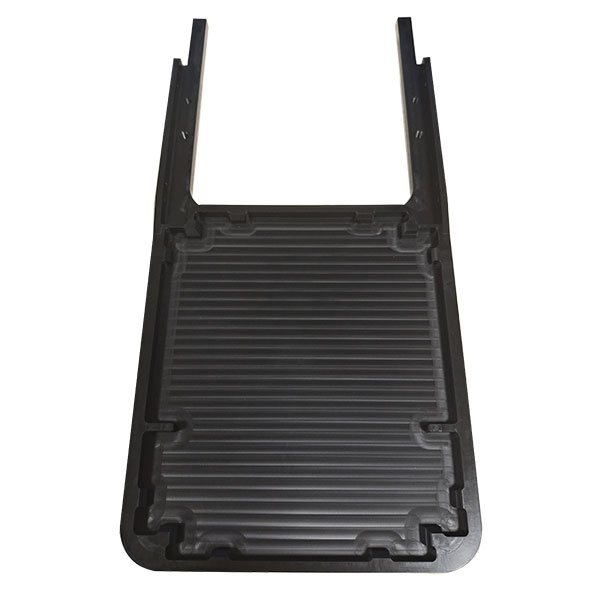

SumitechProvide customers with precision parts
Focus on precision parts processing and production
Order Hotline:+86 13418256345

Analysis of the Problem of poor surface quality of Special cnc machining Center Parts!
For laymen who are not familiar with the operation of CNC machining workshops, once the chips stop scattering and a special cnc machining center part falls off, another precision machine tool part is launched. They may think that the final product is accurate and meets the specifications. Unfortunately, this is not always the case. In any relevant CNC machining workshop, the finished products will not be delivered to the customers until they pass the inspection service process. The dimensions of the parts must comply with the tolerances set in their design, including a thorough inspection of the finish of all machined surfaces.
Under normal circumstances, parts may meet specific dimensions, but they must be scrapped due to their overall appearance and surface finish not meeting the standards. This will not only lead to aesthetic issues, but more importantly, it will have a negative impact on the functionality of the parts.
Most importantly, in the final stage of the milling and machining processes, the amount of work that must be sent to the trash bin is less than the expected result. CNC mechanics are naturally meticulous about details, take pride in their work, and hope to see a complete project. Waste parts caused by surface finish issues may also become the real profit killer of the processing workshop. Poor quality will lead to increased costs, longer downtime, delayed delivery, and in the worst case, order loss.
1. Increase the tool speed
A faster speed (measured in surface feet per minute) means a shorter contact time between the material and the cutting tool. This reduces the edge accumulation that causes poor surface finish and extends the service life of the cutting tool. Tool failure is the main cause of damage to precision-machined parts. Never estimate or guess the speed your work requires.
2. Always clear/control the chip
Removing excess chips or accumulated edges during the processing and not allowing them to come into contact with the workpiece is a key task and also the key to achieving a high-quality surface finish. Chips and BUE tend to accumulate. If not removed, they can easily damage the surface finish of the cutting tool. Chip breakers, compressed air and the best solution, the overflowing coolant can be used to remove chips for better control and to reduce scratches/damage to parts.
3. Different cnc machining tools should be used for rough machining and finish machining
Do not use the same tools as for rough machining to complete CNC precision machining services. On the contrary, a small number of rough machining tools should be used to remove most of the material, while newer and sharper tools should be retained and only used for finish machining. When used in conjunction with rough or finish machining tools, the tool blade radius, rake Angle, feed rate and the blade material itself can lead to higher quality.
For laymen, once the milling process is completed and the delivery date approaches, it seems that only the aesthetic appearance of the precision-machined parts needs to be inspected. No matter what material it is, conducting a thorough inspection of the completed work is a key factor affecting the function of the parts. It is particularly suitable for the aerospace and medical device manufacturing industries. Excessive chips, slow running speed and improper use of cutting tools are the main reasons for the decline in surface finish. Lack of machine maintenance, low coolant level, improper Settings and CNC programming errors are also the causes of this situation.
About Sumitech
CompanyapplicationCertificate environmentcontactProduct
Five axis machining part High precision partsCNC lathe partsMedical device partsOther industriesNews
Company Industry problem+86-134-1825-6345Monday to Saturday 8:30-20:00
(welcome to inquire)
Sumitech precision machinery technology (Dongguan) Co., Ltd © Copyright【ADMIN】【Back to top】